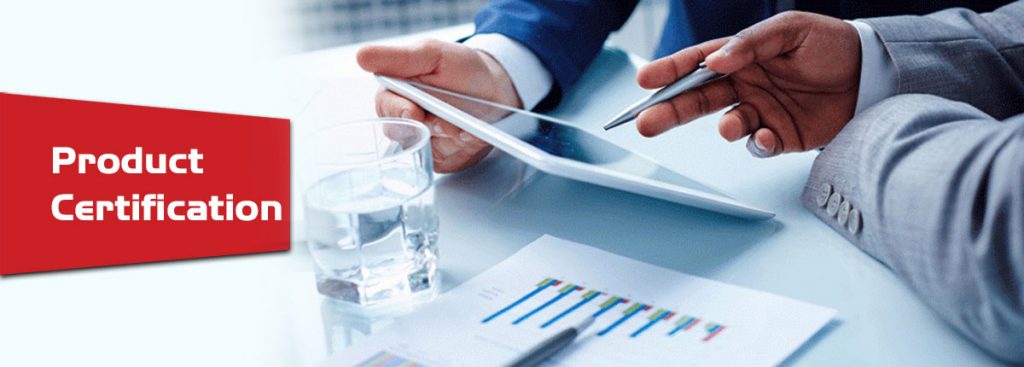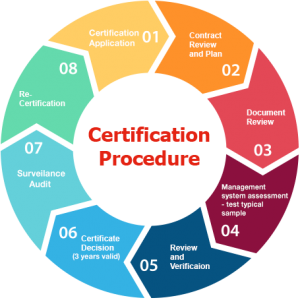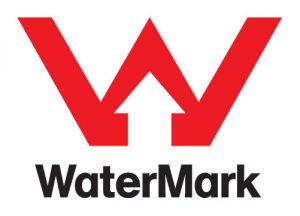
Schapel Consulting has developed a unique and practical approach to the installation of Quality Management Systems, which are easy to apply while meeting all the requirements of the required standards. We feel this is an approach which maximizes the benefits gained, while minimising disruption.
It should be noted Schapel Consulting is not a product certification body, our aim is to assist our clients to obtain their product certification. This may include internal audits’ WSAA application’s Type Test recommendations we have access to a NATA certified laboratory.
Whether you wish to improve your management systems; reduce your impact on the environment or protect your most valuable assets, Schapel Consulting can design and implement standards that fill your requirements. Firstly, we try to keep it simple and secondly, we build on what you already have in place.


What is Product Certification
Product certification is the process of certifying, that a certain product has passed performance tests and quality assurance tests, and meets qualification criteria
Product certification is the process of certifying, that a certain product has passed performance tests and quality assurance tests, and meets qualification criteria
stipulated in contracts, regulations, or specifications (typically called “certification schemes” in the product certification industry).
Most product certification bodies are accredited to ISO/IEC Guide 65:1996,[1] an international standard for ensuring competence in those organizations performing product certifications. The organizations that perform this accreditation are called Accreditation Bodies, and they themselves are assessed by international peers against the ISO 17011 standard.
Product certification is often required in sensitive industry and marketplace areas where a failure could have serious consequences.
The process for certification of a product is generally summed up in four steps:
- Application (including testing of the product)
- Evaluation (does the test data indicate that the product meets qualification criteria)
- Decision (does a second review of the product application concur with the Evaluation)
- Surveillance (does the product continue to meet qualification criteria)
Certified products are typically endorsed with a certification mark provided by the product certifier. Issuance of a certification mark is at the discretion of the individual product certifier.
An active certification listing must minimally include indication of the following information:
- The specific product or type of product certified
- The qualification standard that the product is judged to meet
- The date of certification (and if applicable, its expiration)
What is WaterMark
WaterMark is a product quality certification mark provided by independent certifying body. It confirms the product complies with the Plumbing Code of Australia and the relevant Australian Standards, which relate to product quality, including health and safety, and warrant that it is fit for purpose. WaterMark certification is mandatory for products to be legally installed in accordance with state and territory plumbing regulations. Products required to be certified are listed in the Plumbing Code of Australia and AS3500.000. The WaterMark logo, pictured right, the relevant product standard and the license number are required to be marked on the product itself.
Minimum Levels of Certification
- Assessment
- Testing
- Surveillance of the quality system involved.
- Hot and Cold Water – Pipes and Fittings
- Water Heaters
- Taps and Valves
- Sanitary Fixtures – Water Closets pans and cisterns.
- Appliances (High Hazard)
- Water Filters and Water Treatment Devices
WaterMark Level 2 – For Lower Risk Products Requires that products comply with AS5200.000 as specified in the PCA and are certified under a program in accordance with the principles of ISO/IEC 17065 which includes testing those products samples that are assessed for conformity before a certificate of conformity.
This level of certification is commonly referred to as Type Test certification and requires design evaluation and independent testing to determine product compliance with the relevant standard identified as applicable in the WMCS. The certification does not include an assessment and ongoing surveillance of the production processes or quality system in place. The certificate would have duration of three years and may be renewed at expiry. Typical product groups that fall under this certification level are:
- Waste Fittings
- Sanitary and Drainage Pipes and Fittings
- Sanitary and Drainage Valves
- Appliances (Low/Medium Hazard) – Washing Machines
- Sanitary Fixtures – Urinals

